How to Use Your Competition to Your Advantage
Curt Hanke — FOUNDER, PRINCIPAL, CEO & CHIEF STRATEGIST
Originally published in INC. Magazine on April 1, 2014
Who you identify as your competition can be a critical step in defining who you are as a brand.

If you don’t have a competitive advantage, don’t compete.” — Jack Welch
When you think about it, every business is in competition with every other business. That’s right. In a dizzying marketplace with a myriad of options, every brand is competing with every other brand for attention and resources, hearts and minds, and the coveted cracking open of the wallet.
As such, it’s imperative for businesses to spend time truly considering from whom they really seek to steal share. Who is your real competition? Who are your ideal competitors? In what “category” might your brand best perform? Bottom line, how might you identify and define your competition to create the greatest advantage for your brand?
Unfortunately, these are nuanced questions dressed in plain clothes. Far too often, marketers walk right past them on their way to the next meeting. While recent renewed interest in behavioral economics has put concepts like anchoring and framing back into the spotlight, the reality is that creating a meaningful “competitive frame of reference” for your brand is a classic component of positioning that tends to be given short shrift.
Consider a bottle of sparkling water. Sure, sparkling water is a large market. But consider that your bottle of fizzy water doesn’t look (or taste) all that different from the other fizzy waters on the market. What’s a brand to do?
Instead of positioning directly against its fizzy water peers, Perrier put their brand in the category of “drinks for adults.” Hmmm. All of the sudden, there’s a little more fizz in that water, no? When you put Perrier in the context of a mug of beer, a glass of wine, or even a bottle of juice, the brand now gives prospective customers something to think about. Furthermore, even when Perrier now sits in the context of its fizzy water kin, it looks a little different given how it has been framed (arguably a little more sophisticated, or premium, given its association with “adult” drinking occasions).
That’s the power of an effectively defined competitive frame of reference — one that maximizes the opportunity for your brand in terms of difference, relevance, and credibility. Yes, there’s an art to it — and certainly limits to how far you can go in defining your peer group. But exploring ways to thoughtfully define your brand’s competitive frame of reference (versus reflexively asserting that “my brand of X competes in the world of other brands of X”) can be a powerful strategic tool for organizations facing crowded spaces, diminishing differentiation, or other challenges related to capturing attention and converting sales.
Another example: Years ago we were tasked with repositioning a casual restaurant chain that was losing its luster. We decided to position our client’s chain not against its direct casual restaurant peers, but versus fast food restaurants instead. Suddenly, a brand that was struggling for mojo had something compelling to talk about in terms of its functional and emotional benefits (read: significant advantages versus fast feeders). In addition, by encouraging consumers to think about our casual restaurant brand in the context of fast food occasions, we were able to increase consideration for the chain overall.
Let’s look at the inverse; a somewhat famous example of a “competitive frame of reference gone wrong” is TiVo. So by now, we all know what a TiVo (DVR) is. But in 1999, TiVo was a truly breakthrough product. It was like a VCR on steroids, solving all sorts of previously unsolved consumer needs and wants.
Just one problem: The CEO bristled at the idea of any sort of comparison to the VCR. “Anytime someone says that to me, I go completely nuts,” said co-founder Mike Ramsay (as documented in the book, “Founders at Work”).
So instead of giving the consumer an anchor point (the VCR) and a clear story of superiority (record and playback at the same time, pause live TV, and so on), TiVo launched a “personal television system.” Other than technogeeks and early adopters, no one quite knew what the heck that meant, what to do with the device, or quite simply why to care. While there were certainly other business dynamics that TiVo faced which resulted in its slow adoption curve, creating a brand new frame of reference added another needless challenge to the pile.
Strategist Michael Porter said, “A strategy delineates a territory in which a company seeks to be unique.” And so: What’s your brand’s territory? Where do you put up your fence posts? Against which competitive grouping do you look most unique — in a way that maximizes your brand’s potential for short-term sales and long-term meaning alike?
Want to use your competition to your brand’s advantage? Get to work defining the best territory for your brand — before your competition or consumers define it for you.


